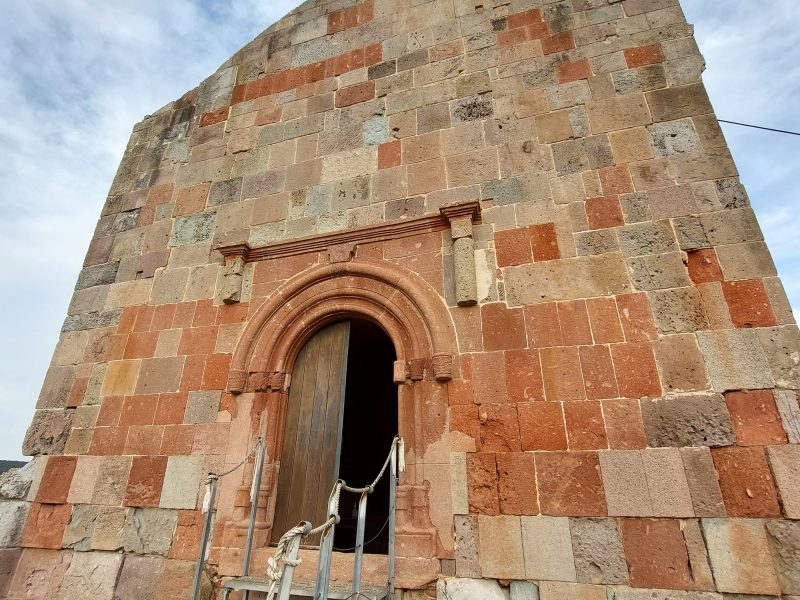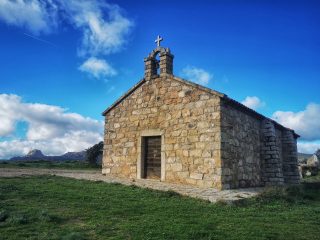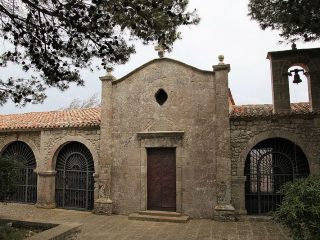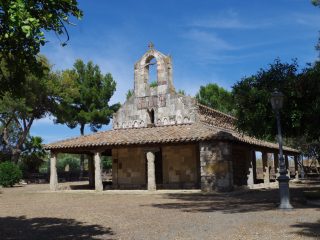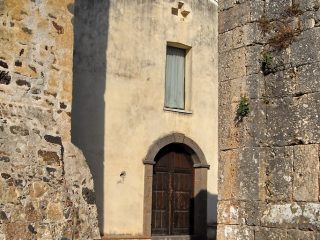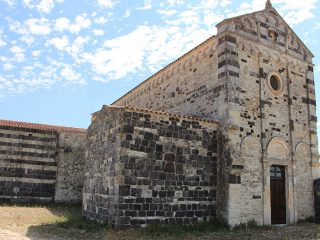The Romanesque church of San Lussorio sits on a low hill, around two kilometres from the town of Fordongianus, the ancient Forum Traiani.
Tradition has it that Lussorio was an army officer and devoted pagan who was converted here to Christianity. He was tried and condemned for this crime, and was beheaded on the 21 August 304, under Diocleziano’s empire. He died and was buried in the city’s main necropolis, on the site occupied by the Romanesque church.
As early as the middle of the V century, a Basilica, dedicated to the already widespread worship of the martyr stood here. The crypt led to Lussorio’s monumental grave. Another two buildings were used to bury members of the upper classes and clergy. The current Romanesque building replaces all those structures fallen into ruin. The primitive and priceless crypt remain of the original structure.
The Church was built in the first few decades of the XII century in Provençal Romanesque style, with its southern side and facade being altered in subsequent eras. A side door leads down into the evocative underground passageway and beating heart of this place. Enriched with mosaics and frescoes, it describes centuries of devotion and has a profound effect on the sensitivity of anyone stepping across its threshold.


